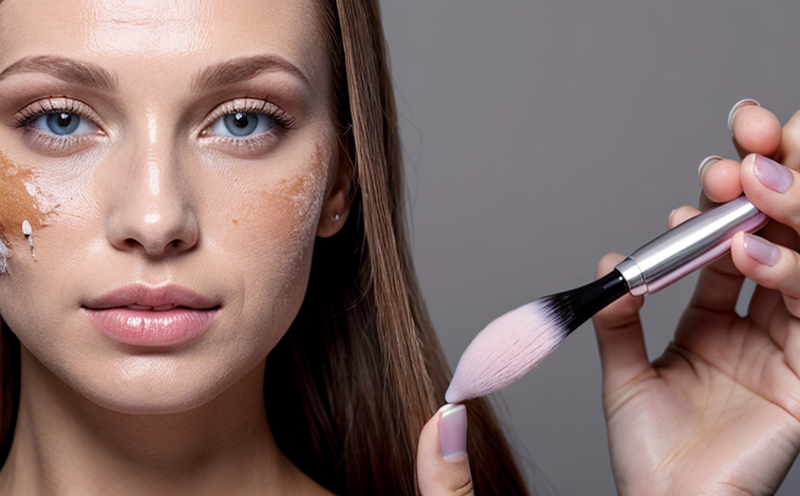ISO 24442 UVA Testing for Sunscreens
ISO 24442:2017 defines a method for determining the in vitro sun protection factor (SPF) of sunscreen products by measuring their ability to absorb UV radiation. This particular standard is crucial for ensuring that sunscreens meet regulatory requirements and provide consumers with accurate SPF information.
The testing procedure involves exposing a standardized specimen of sunscreen to UVA radiation using a specialized photometer, then calculating the SPF based on the amount of UVA radiation absorbed by the sample. This method ensures that the sunscreen's ability to protect against harmful UVA rays is accurately measured and can be reliably compared across different products.
ISO 24442 testing is essential for quality assurance in cosmetics manufacturing, especially when compliance with international regulatory standards such as FDA or EU regulations is required. It helps manufacturers ensure that their products meet stringent safety and efficacy requirements before they reach the market.
The procedure involves several critical steps: preparation of the sunscreen samples according to ISO guidelines, exposure under controlled UVA conditions, measurement using advanced spectrophotometric instruments, and analysis of the results to determine the SPF value. This rigorous approach ensures that the final product meets the highest standards of safety and effectiveness.
Understanding the nuances of this testing method is crucial for anyone involved in cosmetics manufacturing or quality assurance. By adhering to ISO 24442, manufacturers can ensure their products are not only safe but also effective at providing the advertised level of protection against harmful UV radiation.
Scope and Methodology
| Step | Description |
|---|---|
| 1 | Select a representative sample of the sunscreen product to be tested. |
| 2 | Prepare the sample according to ISO 244444 guidelines, ensuring homogeneity and stability. |
| 3 | Expose the prepared sample to UVA radiation using a UV photometer calibrated per ISO standards. |
| 4 | Measure the amount of UVA radiation absorbed by the sample, recording the intensity before and after exposure. |
| 5 | Analyze the data to calculate the SPF value according to the formula provided in ISO 24442:2017. |
| 6 | Compare the calculated SPF with the labeled SPF on the product packaging, ensuring compliance with regulatory requirements. |
The methodology outlined above is critical to ensure accurate and consistent results. Compliance with ISO 24442 not only enhances consumer trust but also helps manufacturers avoid costly legal disputes or recalls.
Eurolab Advantages
- Expertise in regulatory compliance testing, including UVA and SPF measurement.
- State-of-the-art equipment for precise and reliable ISO 24442 testing.
- Dedicated team of chemists and engineers experienced in cosmetics formulation and analysis.
- Comprehensive support for product development, ensuring that all formulations meet regulatory requirements from the outset.
At Eurolab, we pride ourselves on our ability to provide reliable, accurate testing services. Our comprehensive approach ensures that your products not only comply with international standards but also exceed expectations in terms of safety and efficacy.
Environmental and Sustainability Contributions
- The use of advanced spectrophotometric instruments reduces energy consumption during testing, contributing to lower carbon emissions.
- Educating clients on best practices for product formulation helps minimize waste throughout the supply chain.
- By ensuring that products meet regulatory standards early in development, we help reduce the environmental impact associated with potential recalls or product failures.
EuroLab's commitment to sustainability extends beyond individual tests; it encompasses a broader approach to responsible business practices. By adhering strictly to ISO 24442 and other relevant standards, we contribute to a more sustainable future for all involved in the cosmetics industry.





